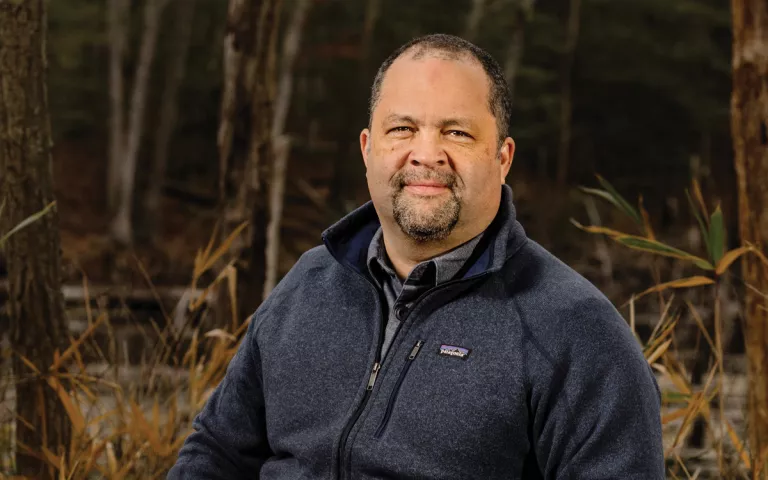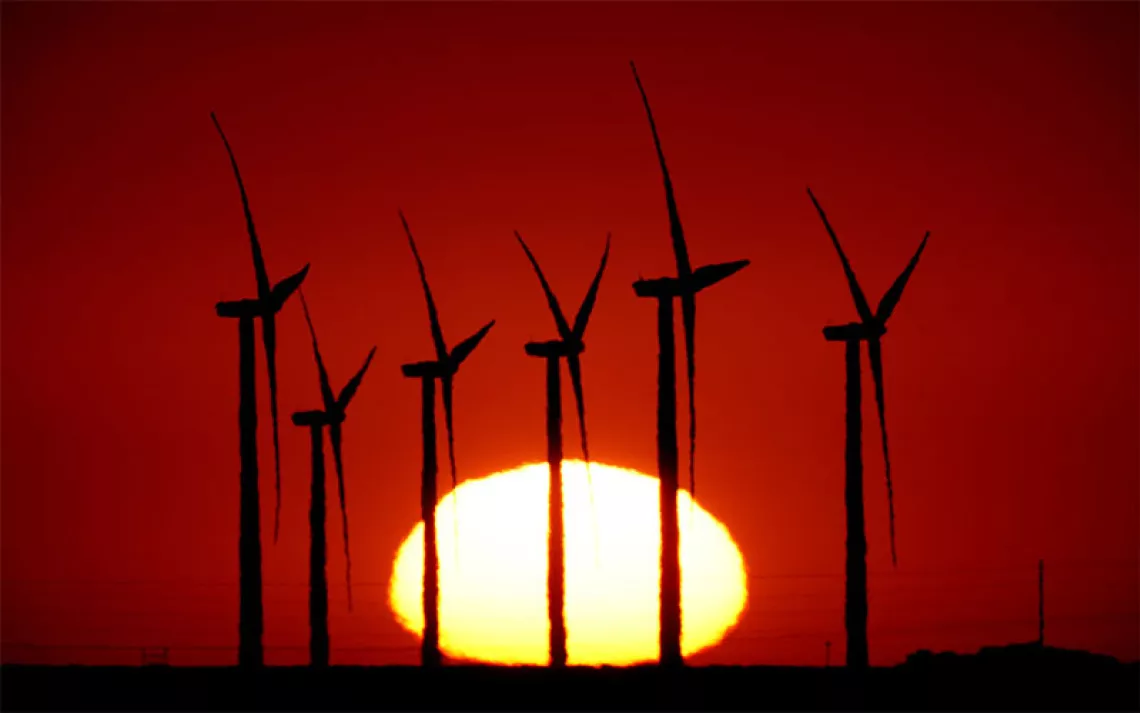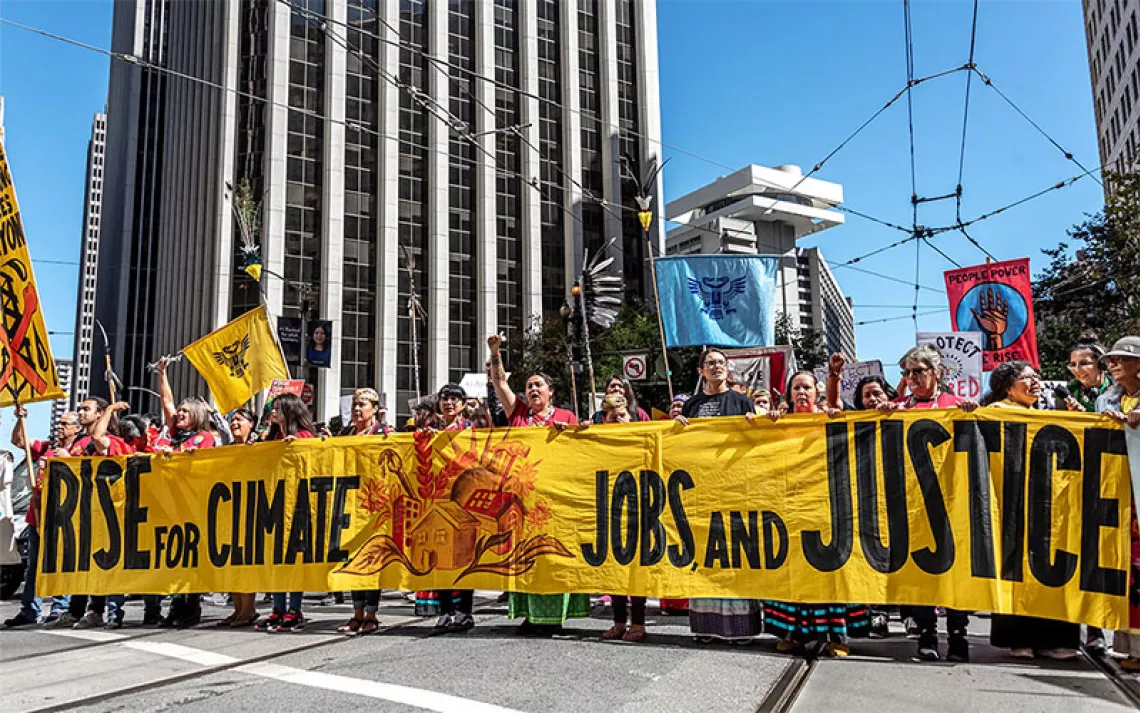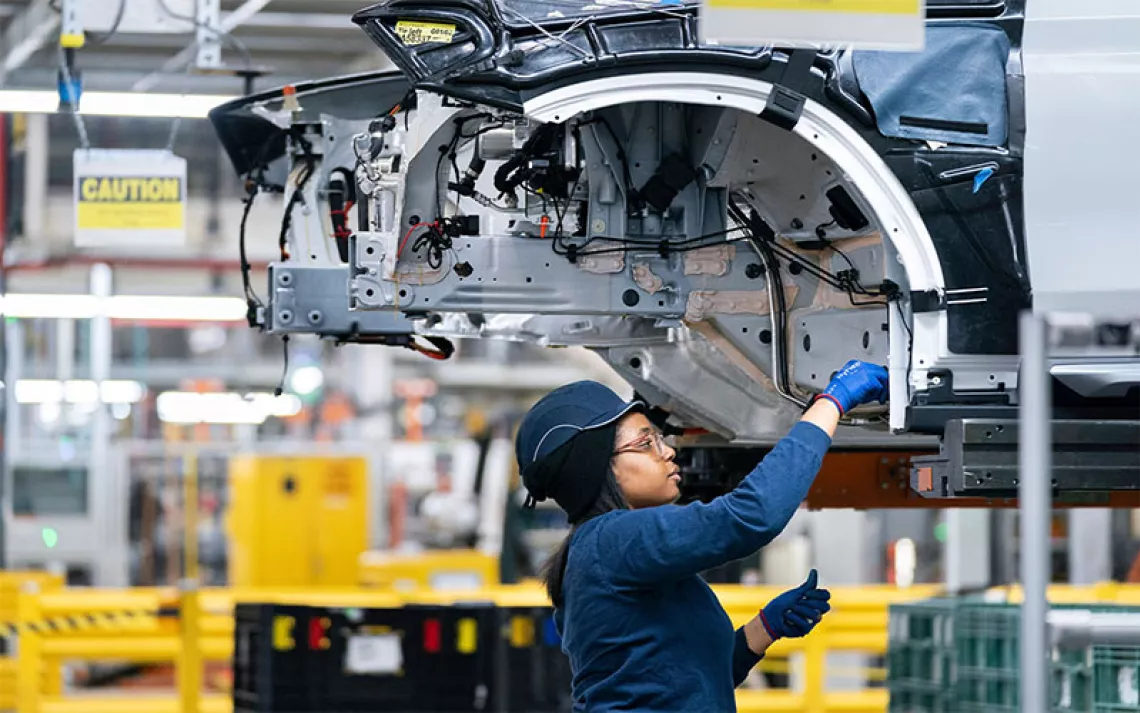The End of the Coal Era Ushers in a Green Jobs Boom
The green economy is a huge opportunity for American workers

Ben Jealous is the executive director of the Sierra Club.
Do you hear that sound? It is the ringing of good news. In spring, there were so many environmental victories that sometimes it was hard to keep up with all the wins.
The Biden–Harris administration has been on a roll. In April, the EPA issued strong rules for dirty power plants. Federal agencies also tightened fuel-economy standards for cars and trucks, cracked down on oil companies profiteering on public lands, and put in place new protections for the Alaskan Arctic. The string of victories was due in part to the hard work of the Sierra Club members who pushed administration officials to protect the environment.
The Sierra Club’s Beyond Coal campaign notched another major win in spring when Granite Shore Power announced the retirement of the last remaining coal power plants in New England by 2028. The announcement marked the country’s 380th and 381st coal plant retirements since the Beyond Coal campaign started.
All those coal plant retirements add up to over 54,000 lives saved, 84,000 heart attacks prevented, and nearly 900,000 asthma attacks averted. And as a result, the amount of carbon pollution kept out of our atmosphere will be more than what President Obama’s national cap-and-trade program would have achieved by this point in history, had it been passed by Congress.
The end of the coal era is also a huge opportunity for American workers. The next economy, built on clean energy sources like solar and wind, is here. And so is the chance to build new domestic industries that employ millions. The driving force behind this jobs boom is the Inflation Reduction Act (IRA), which President Biden signed into law two years ago. The law created hundreds of billions of dollars in incentives for renewable energy. Part of that is $40 billion in tax credits to expand clean technology manufacturing.
Those tax credits alone are expected to create more than 560,000 good jobs over the next decade. We are already witnessing the benefits. As of April, according to E2, an organization of business leaders advocating policies that are good for both the economy and the environment, at least 301 clean energy and clean vehicle projects have been announced in 41 states and Puerto Rico since the IRA’s passage.
Solar manufacturing jobs in the US are on pace to more than triple from about 35,000 in 2023 to 120,000 by 2033. One amazing success story is Qcells, which has the largest solar tech manufacturing facility in the western hemisphere, in Dalton, Georgia. Earlier this year, Microsoft agreed to buy 12 gigawatts of solar modules from Qcells over eight years. That’s enough energy capacity to power more than 1.8 million homes annually. And it’s an investment in good-paying jobs.
Offshore wind is another important sector. Unfortunately, some of the country’s big offshore wind projects have experienced headwinds. In addition to increased supply-chain costs since the pandemic, higher interest rates have been an obstacle. These multibillion-dollar projects require financing, so a few points on the interest rates for their loans can make or break the projects. But despite it all, clean energy companies and the Biden–Harris administration remain focused on getting 30 gigawatts of energy from offshore wind by 2030—and in the process, creating some 44,000 jobs.
With enough political will and industrial know-how, the new clean energy economy will guarantee an American century that rivals or even surpasses the country’s global success in the 20th century.
 The Magazine of The Sierra Club
The Magazine of The Sierra Club



